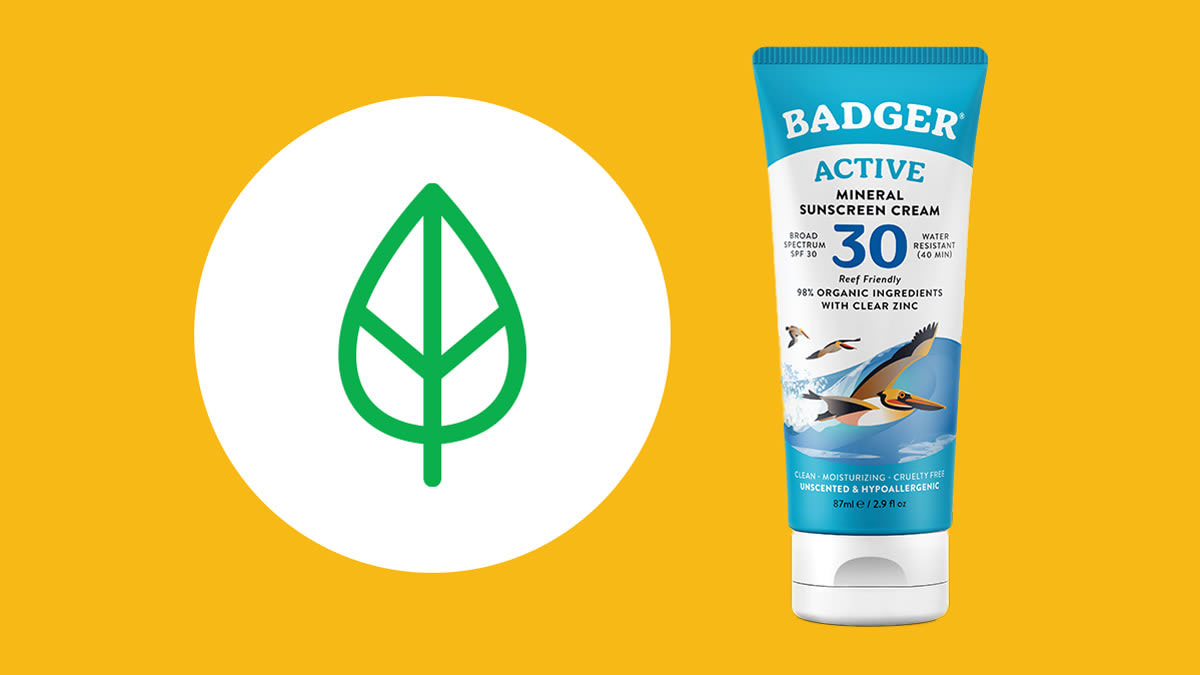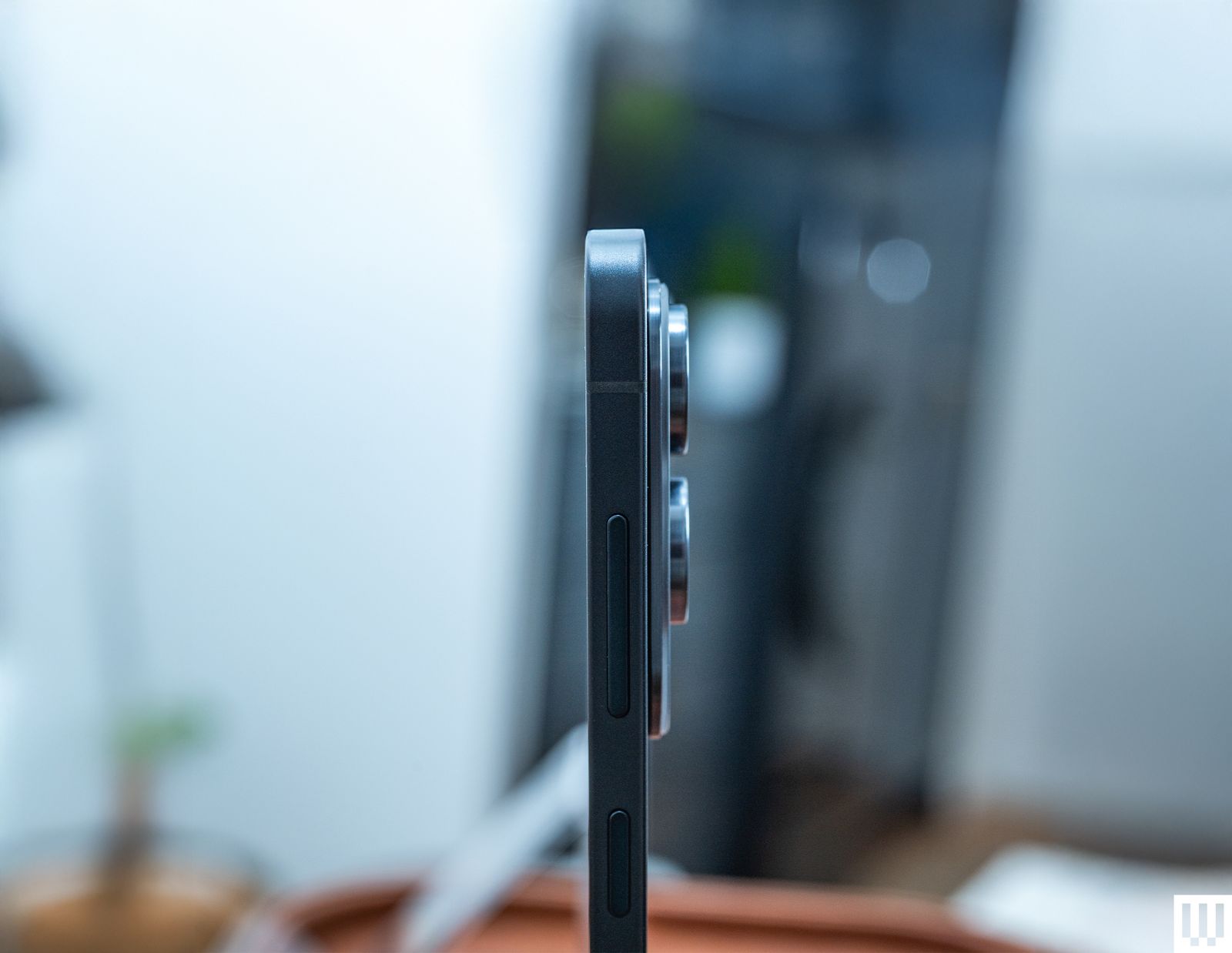
“Reef-friendly” and “reef-safe” have become common claims on sunscreen labels. The terms have no standard definition, but they’re most often found on sunscreens that contain only mineral active ingredients. In several places around the world—Florida, Hawaii, Thailand, and the U.S. Virgin Islands, to name a few—some chemical sunscreen ingredients are banned either completely or in certain areas to protect marine ecosystems.
You’ll also see these claims on some chemical sunscreens that don’t contain oxybenzone or octinoxate. “These two chemicals are thought to have the most detrimental effects on ocean life, and they’re included in the sunscreen bans,” says Shanika Whitehurst, the associate director for product sustainability, research, and testing at CR, who helped develop the Green Choice criteria for sunscreens.
None of the sunscreens that earn CR’s recommendation contain either of these two chemicals. But they do have other UV filters, such as avobenzone and octocrylene, that are also suspected of causing environmental harm. “That’s why none of the chemical sunscreens in our ratings can be labeled Green Choice,” Whitehurst says.
Sunscreen can wash off your body into ocean water when you’re at the beach, and it can also enter waterways when you shower. You can improve the eco-friendly profile of any sunscreen by wearing a rash guard instead of a bathing suit at the beach or pool, clothing that shields your skin when you’re outdoors. This allows you to apply sunscreen only to exposed skin, which significantly reduces the amount you need to use and, therefore, the amount that gets into the environment.









